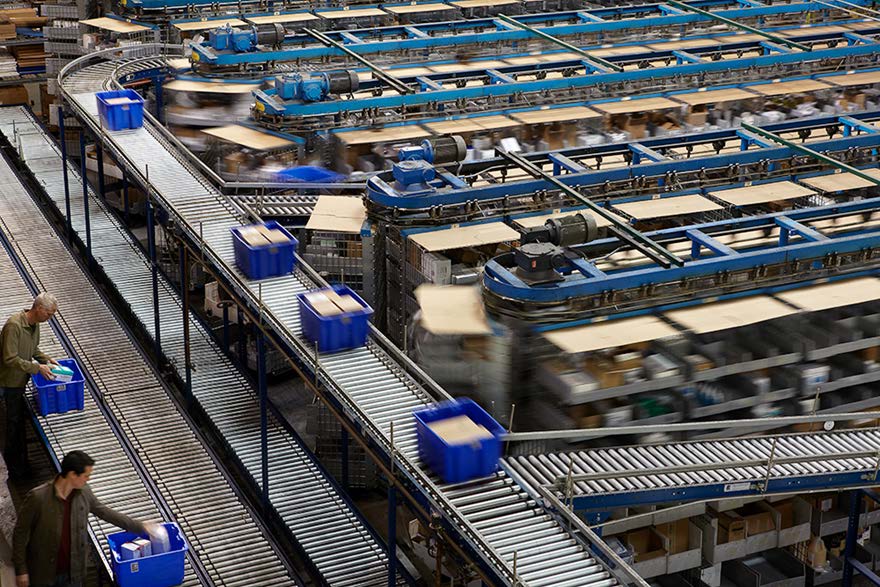Understanding the difference between Goods-to-Person, Statics Shelving, and Shuttle Storage Systems
Today’s intelligent storage solutions enable companies to work smarter, ship faster, and use space more effectively than ever before.
But in order to optimize benefits like these at your facility, you need to choose the system that best fits your specific needs.
A critical step in that process is understanding the three different types of storage systems—goods-to-person, static shelving, and shuttle—and how they differ in capabilities and features.

Goods-to-Person
Goods-to-person solutions utilize an operator based in a centralized location, and the goods move to the operator, rather than the operator moving to the goods. Therefore, the general term “goods-to-person” applies whether the goods are moved by an autonomous warehouse robot or more commonly used vehicles such as a vertical or horizontal carousel or a vertical lift module (VLM).
With a true goods-to-person solution, the product picked is a single item or a handful of items from a larger inventory stored within that automated media.
Static Shelving
Static shelving systems store warehouse inventory on stationary shelves with fixed dimensions.
These systems work well when flexibility is not a priority and products can be contained in pullout drawers, wire racks, or pallet racking.
However, static shelving typically does not optimize space usage since products are often smaller than the shelf clearance. By design, high-density storage solutions—whether they are horizontal or vertical carousels of a VLM—can store items more densely than a static shelf.
Shuttle Systems
Shuttle systems deliver products without using an operator.
For example, a shuttle system or a rail crane can pick up full pallets of product out of a high-density pallet storage solution. The product is retrieved and then staged or conveyed through a conveyor system for delivery to the next part of the process, such as pick-to-light or a put-wall that is downstream of the storage solution.
